Angola is a country with unthinkable anthropological richness: there are about 100 ethnic groups living in the country. Of these, different tribes coexist in southern Angola, each with its ancestral traditions and particular characteristics that make the area a culturally rich area. As Europeans, we are totally unaware of their lifestyle so if you travel to Angola, it can be very interesting to visit the south to learn about lifestyles totally different from ours.
Angola’s civil war, from 1975 to 2002, did not have much impact in this desert, located at more remote southern area, where these tribes have remained isolated and without much contact with the outside world, thus preserving their own traditions. Today, however, there is a very interesting debate between modernity and tradition, and visiting the tribal groups in this part of Angola is sure to raise many questions and reflections.
If you are visiting this area of southern Angola, it is very important to do so with great respect and empathy. You are entering their homes and despite being very different from what we are used to, they are also people. Therefore, do not treat them as if they were objects for portraits. Try to communicate with them through smiles, hand games, glances and any words they may say show you before in their language (they like this a lot and make them laugh), and try to learn from their way of life without exceeding the limit of their intimacy. To take pictures, you will need to ask permission and you will also need to give something in return. We gave 1 kg of rice in some places and 1.000 kwanzas in other places to take close-up photos (about 1.65 euros).
Africa has a very interesting anthropological world. It is a continent that still maintains the structure of tribal groups despite the artificial borders drawn by the colonizers. We saw them in Namibia during our 1-month trip before the covid (if you want to read more about the tribes in Namibia you can click here), and we also saw some very authentic and interesting ones in the region of Gulf of Guinea after visiting Angola (Benin and Togo area). This whole story will leave you speechless but it will also mean that you look at it, not from a western perspective, but with the glasses of Africa, being aware that you are on an amazing continent in terms of its people, its cultures and its traditions.
Here is a list of the tribes we met on our trip through southern Angola, especially in the area of Oncocua and Chibia, near Lubango. We will explain how to get there and how to contact you if you want to visit this area independently. If you want to know more about these or other ethnic groups in the country, you can find more information on anthropology on this website here.
How to get there?
The Cunene region is located in the north of Namibia (if you want to know more about our experience there you can click here) and in the south of Angola. The Cunene River marks the border between these two countries where we find different tribal groups that have been crossing from one side to the other without having to understand about passports or crossing borders. Many moves in search of water and food as we are talking about a desert area, very arid and dry; and this means that you can find the same ethnic groups (such as the Himba or Muhimba) in both countries.
The main place for visiting the tribes of southern Angola is Oncocua, a town where walking through its market or streets you will find a variety of ethnic groups, with people with naked bodies, women with necklaces and hairstyles, men in skirts or naked children mixed with people who already wear the western aesthetic of jeans and T-shirts.
To get to Oncocua you will have to make a long journey where a 4×4 will be essential as you will have to cross certain areas of sand (especially dry rivers) and off-road roads. There are two ways to get to Oncocua: the one used during the dry season, and the one used during the rainy season. Consider it will take you at least 4 hours to get there.
If you visit this area, first of all you will have to turn off the main road (which is paved and in good condition) that goes from Lubango to Santa Clara, on the border with Namibia. It is in the town of Cahama that you will have to deviate from the main road and drive 60 kilometers along a secondary road but which is in better condition than the main one until you reach the village of Otchinjau.
There, in Otchinjau, is the point where you can take two possible paths to get to Oncocua. During the dry season, you will be able to go directly along a wider gravel and sandy road where you will have to cross a large dry river and, on a journey of 4 hours, you will reach to Onconcua. In this link, you will find the point we put on the iOverlander website.
Instead, the other road (the rainy season) descends to the south to enter narrow paths, dodging trees and passing through small villages that will stop, after 45 kilometers, on the gravel and sandy road that goes to Oncocua without crossing one of the great rivers that during the dry season does not carry water. From there to Oncocua, you have 45 kilometers left on the “main” road that leads to the village.
Apart from Oncocua, if you want to visit the Mwila ethnic group, we recommend that you visit the Chibia market, a town 39 kilometer south of Lubango, where different tribal groups from the area are concentrated to sell agricultural products, as well as herds of cows and goats. We went there on a Tuesday, which is market day. To get there, you have to drive along the main road from Lubango to the border with Namibia, and once you pass the turnoff that takes you to the town of Chibia, drive about 6 kilometers further south (you will cross the Canjonjo river) until you find the market on your left-hand side, a very interesting visit to get to know firsthand the local culture of Angola.
How to visit this area? How much is it? Where to sleep?
It is not impossible to visit tribal groups in southern Angola for free. All you need is transport (4×4), food and water (you will probably have to stay overnight for one or a couple of nights, depending on the days you have) and time to get to know more about the different ethnic groups in the area.
The first thing you need to do when you arrive in Oncocua is go to the police station. Before you reach the village, you will find a police checkpoint where they will register your name and your vehicle on a piece of paper, and you will be taken directly to the police station to speak to the police chief. There, they will ask you for a photocopy of your passport and visa, as well as the reason for the visit there. We were there during a lot of time. It seemed as if we were annoying them there, because they are only used to receiving tourists from organized touristic agencies who must surely have a good deal with the police. In fact, they wanted a policeman to drive with us too, but we flatly refused because we didn’t want to discover the different tribal groups with police next to us.
After a long wait, we were taken to Oncocua Town Hall to talk to the mayor and explain the reason for our visit: to learn about the tribal realities of Oncocua. There, we were assigned a community guide, who got in our car and with whom we went to meet the different tribal groups.
The guide we were awarded was a gentleman named Keniani (you can contact him on +244943246688) and he spoke Portuguese and the local languages of the different tribes. In fact, he worked for the city council as a point of reference for communities. The problem (and with some guides we’ve found in different parts of Africa) is that he hadn’t done any guide training, so he didn’t often know how to tell you historical and sociological information about each group. With him, we visited a Mutua group, a Muhimba group, and a Muacahona group (Keniani was Muacahona) that were in different places on the outskirts of the village of Oncocua.
To each ethnic group we visited and, according to Keniani, we donated either 1 kg of rice or 1.000 kwanzas so that we could take pictures of the place and the people. Of course, before, we presented ourselves without cameras or without taking photographs. First, we tried to say our names and greet them with their local language, play a game and establish some relation and then be able to get to the process of immortalizing the lives of those groups, as well as make some portraits in exchange for money or the food we gave them. Also, at the end of the visit, we gave a financial reward to our guide, Keniani, for accompanying us to such remote places.
We stayed there all afternoon to visit these three ethnic groups, and then we slept with the roof tent of our car by the side of the road. The next day, different shepherds passed by, but there is no tourist infrastructure in Oncocua. There is only one market where different ethnic groups congregate, and then there are houses from the time of the Portuguese colonization and the different tribal groups that live in the Oncocua area.
Therefore, it is important that if you want to go for free in this region of southern Angola, you are self-sufficient and can sleep anywhere with a tent. We spent two nights wild camping, as the journey to get there and back is also long. In any case, a visit to this anthropological reality so different from our Western perspective is a must if you want to know more about the reality of a country as complete as Angola.
The different tribal groups in southern Angola
– The Muhimba people
This ethnic group also known as Himba is perhaps one of the most famous today, especially for the opening of many villages to the most “modern” life in the Namibian area. In Angola, on the other hand, this transformation has not yet taken place. They live on a large expanse of land around the town of Oncocua.
You can tell that they are from the Muhimba tribe, because most of the women still wear their traditional clothes: animal skin skirts with long chains hanging on them. At the same time, their skin is smeared with a mixture of butter and ocher fat to protect them from the sun, insect bites and such a dry climate. Depending on the style of the hairstyle, you can know the age of the woman and her marital status. They usually wear thick dreadlocks also smeared with mud, grease and ash finished as pompom at the end.
When Himba girls get married they are given a Himba crown, the erembe, made of cow or goat skin. You can read more about the Himba people in this article we wrote for Namibia:
– The Muacahona people
The colorful Muacahona or Mucawana people inhabit the remote regions near Oncocua. They practice subsistence farming, as do some livestock.
Women grease their hair with a mixture of cow dung, fat and herbs, and decorate it with colorful strips of fabric or small balls. As a symbol of beauty, women pull their lower teeth out, biting them with a stone. They also wear brightly colored necklaces, bracelets and ankle boots. They are well known for being good craftsmen.
Men are known for their traditional medicine. They speak the Herero language, similar to Himba or Muhimba. They worship the god Mukuru, as well as his ancestors.
– The Mutua people or vatua
The Mutua are another tribal group living in remote lands near Oncocua. They come from Khoisan cultural groups, who lived in the area millions of years ago.
They have no livestock and depend solely on the collection of honey and fruit, as well as on hunting. This group is said to have arisen from the union between San women and Bantu men.
They are considered lower caste by other neighboring tribes and have undergone a process of loss of identity and assimilation by the Himba, as they generally have less elaborate hairstyles and costumes. It is a totally nomadic people, who often do not build a hut and live on the grass. They can be found many times next to dry rivers.
They are animists and believe in the spirits of nature. For them, trees, rocks and rivers have a soul and can determine to have a good harvest or hunt.
– The Mucubal people
This semi-nomadic group is famous for its resistance walking or running in extreme heat conditions, being able to travel about 80km every day. They are basically shepherds, although they also grow on small plots of land and produce coal. They were the last tribe conquered by the Portuguese army during colonization in the 1930s. They speak Herero.
Of particular note is the clothing of women, who wear large and colorful scarves characteristic of the head called Ompota. Sometimes they may have cow tails tied up. They also wear colored cords around the chest, which is used as a bra, the Oyonduthi, and iron bracelets and ankle boots.
They have a tradition of sharpening their teeth, girls have their upper teeth sharpened and their lower teeth removed. Teeth are thought to come to life at night and go to a hole where people defecate, and then return to their mouths covered in feces.
The Mucubals believe in a god named Huku and also worship the spirits of their ancestors. They use amulets and talismans for various purposes, such as protecting their livestock. Lately, droughts in the country have been moving to areas further north in search of pasture for their livestock. In addition, they have some disputes with their neighbors over the theft of livestock.
They can be found mainly in the Virei-Namibe-Cangulo triangle, although we were able to find them during our trip along the Angolan coast between Namibe and Lucira (if you want to know more about our route through the coast of Angola, you can click here). We even hitchhiked a mucubal shepherd to our car.
– The Muila people or Mwila
This tribe located on the Huila plateau and on the outskirts of Chibia (we did not find them in Oncocua), is a semi-nomadic tribe that is mainly engaged in livestock, agriculture and beekeeping. They practice animistic rituals, where the bull is their sacred animal.
Women are famous for their thick, mud-covered hairstyles. They make a paste of mud, oil, butter, tree bark and herbs (and sometimes manure as well) to grease their hair. They then decorate it with shells and colored balls.
Her hairstyle varies in color and shape depending on whether they are girls, if they are married (at 16), if they already have children or if they are older women. That is, when they are girls, their hair is smeared by Uncula a mixture of red mud and butter, once they have children the uncle changes to yellow and in the shape of two cow horns, the totem animal by the Muila.
At the same time, when girls are born, a necklace is placed on them, and each time they go through different stages of life, they wear more. They can never be removed. There are different types of necklaces and meanings: a type of necklace made of wicker and covered with earth, which is called Vikeka and is characteristic of older women, another set of necklaces surrounded by hard mud called Vilanda for married women…
They speak Mwela, a dialect of the Nyaneka Bantu language. The Mwila believe in a Supreme Being. They also believe that the spirits of their ancestors can work for their good or bad luck. To keep the ancestors happy, animal sacrifices must be made.
Angola is also a country where you can find ethnic groups still trying to maintain their ancestral traditions. The ethnic diversity you find in the south of the country is amazing, making a visit to this area very enriching. However, in order to have a good exchange with these groups, we advise you to dedicate time to them: time to understand their culture, their identity and to show respect for their traditions.

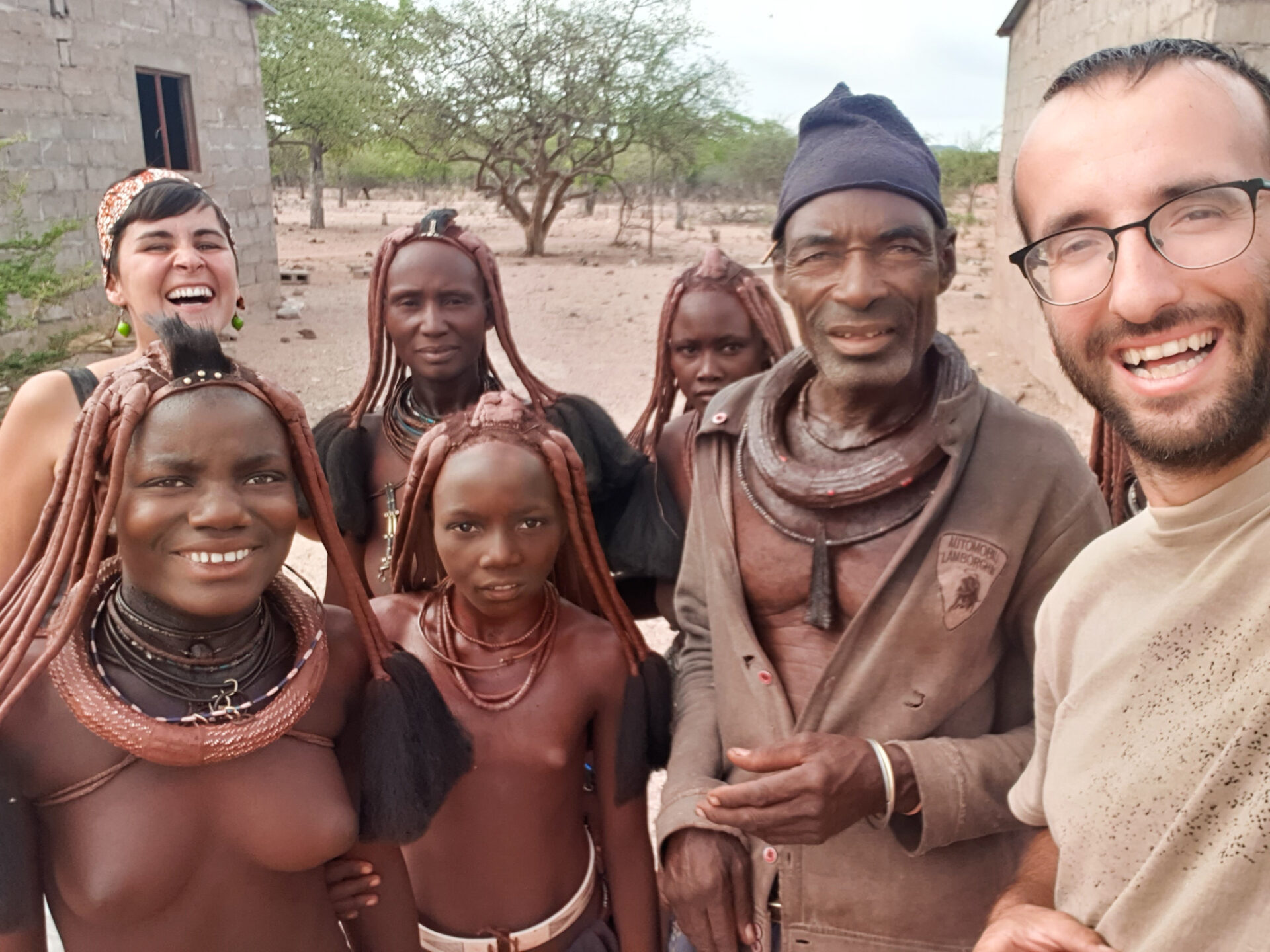
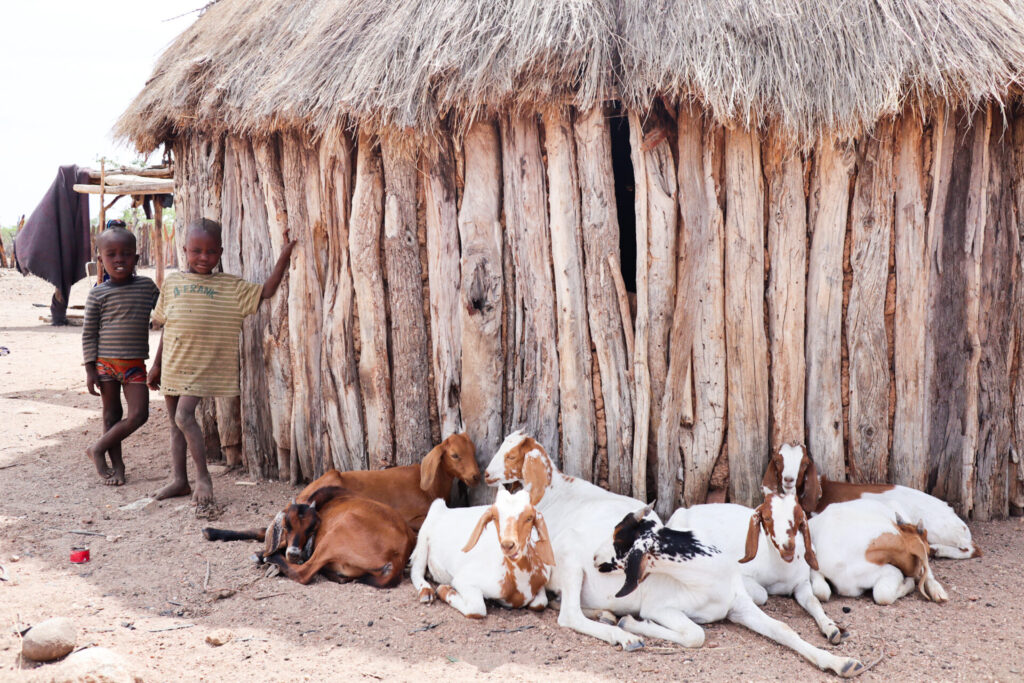
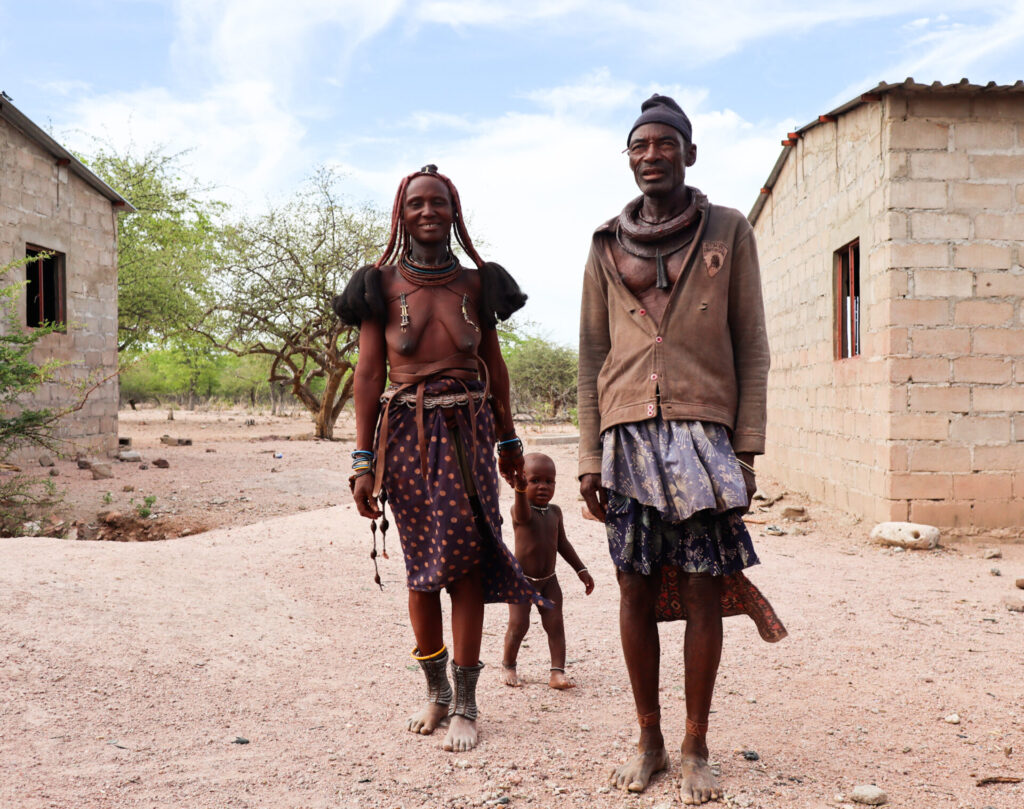
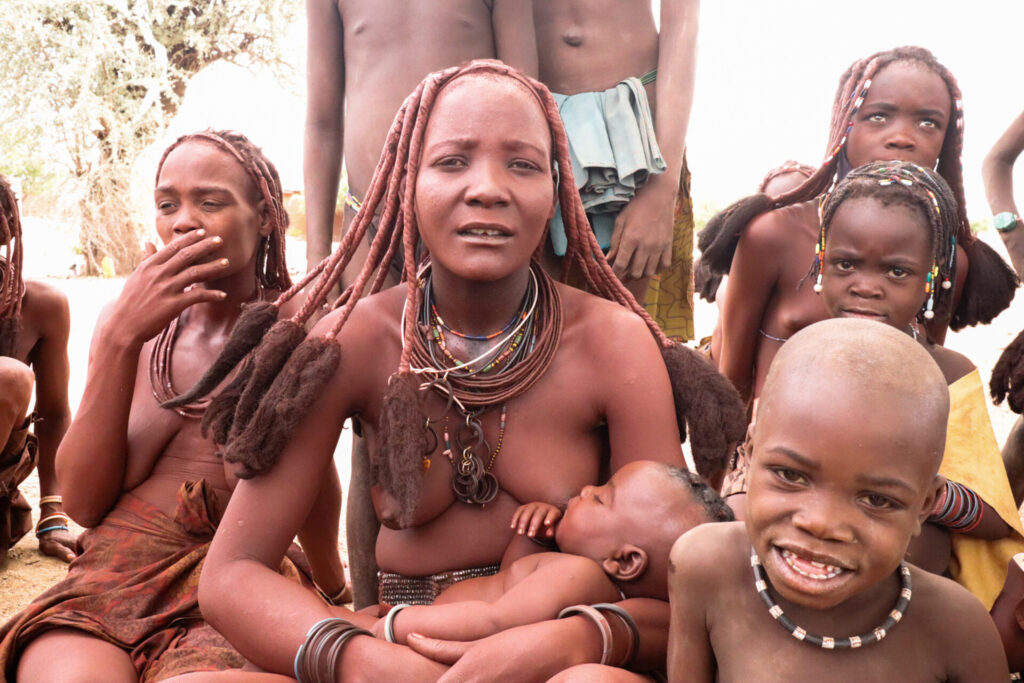
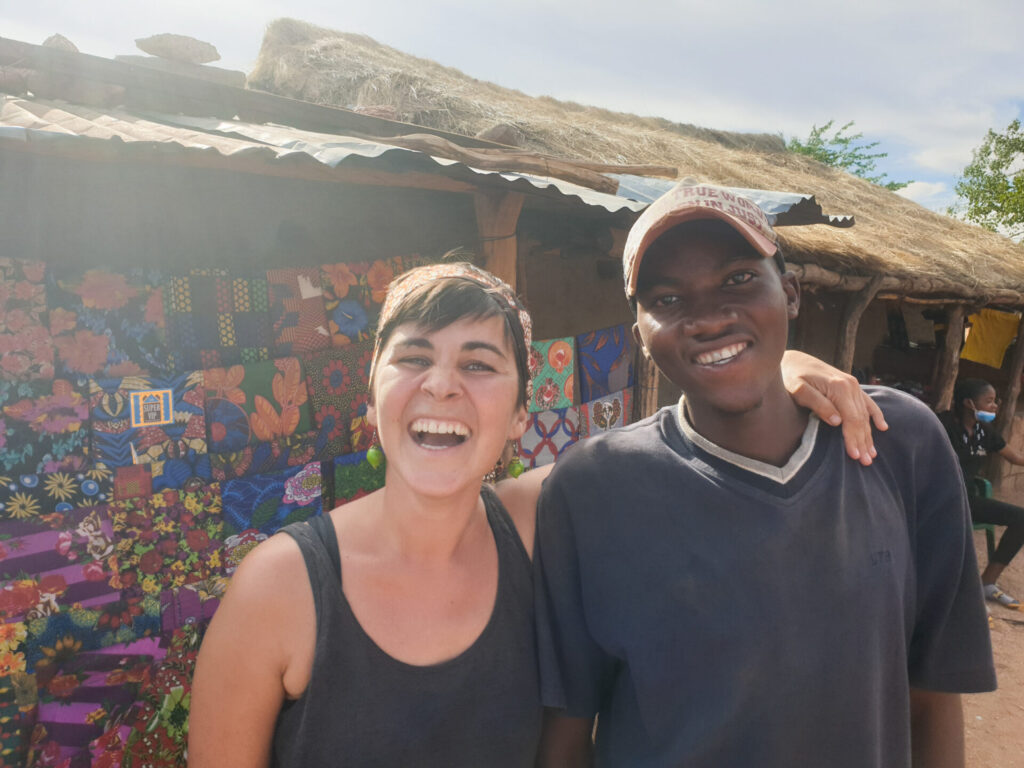

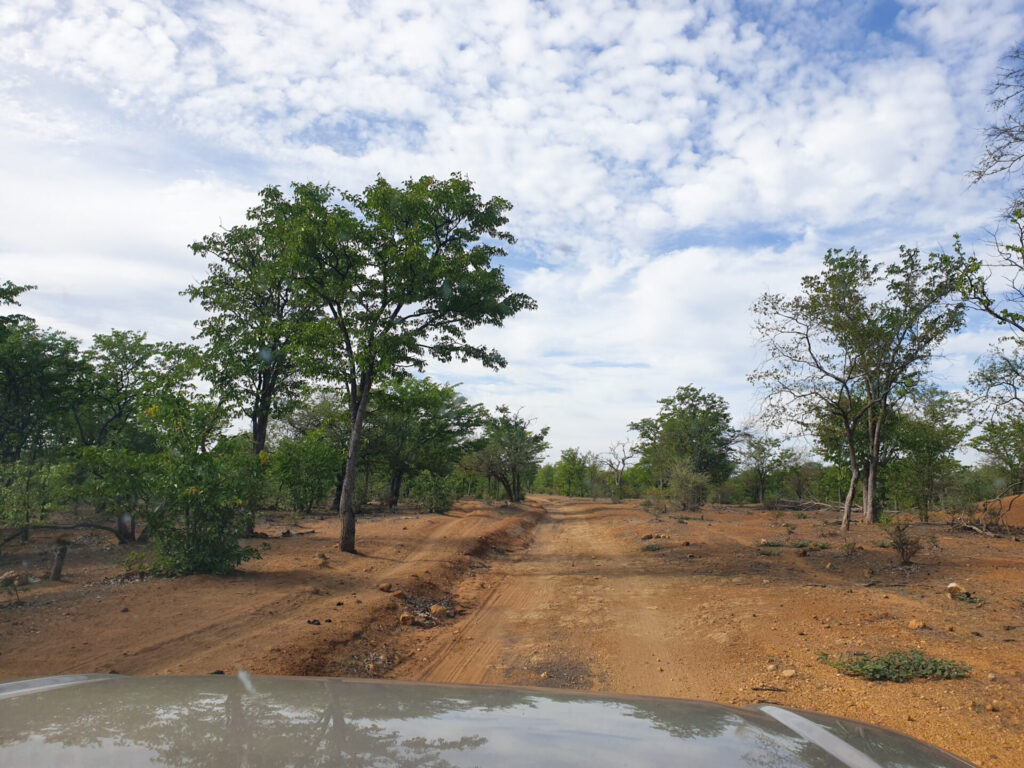
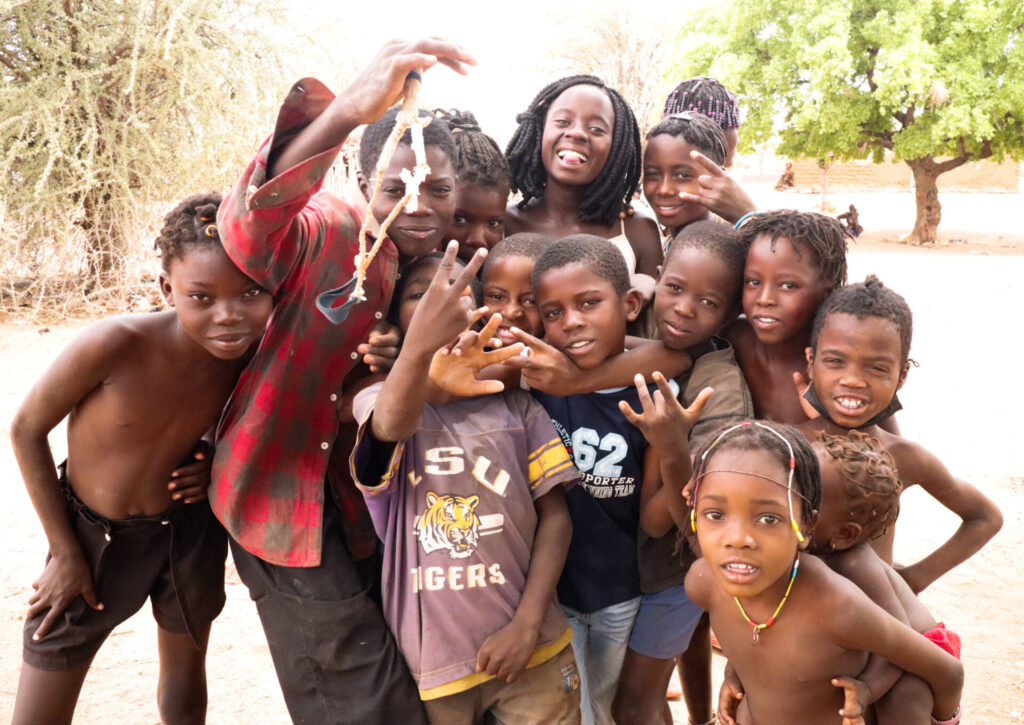
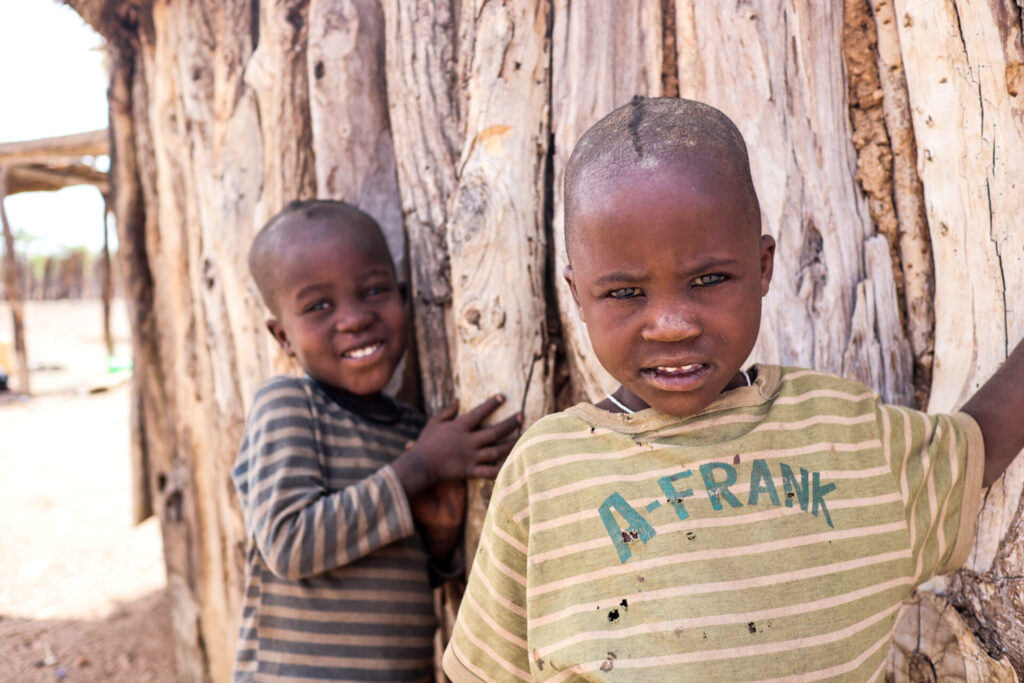
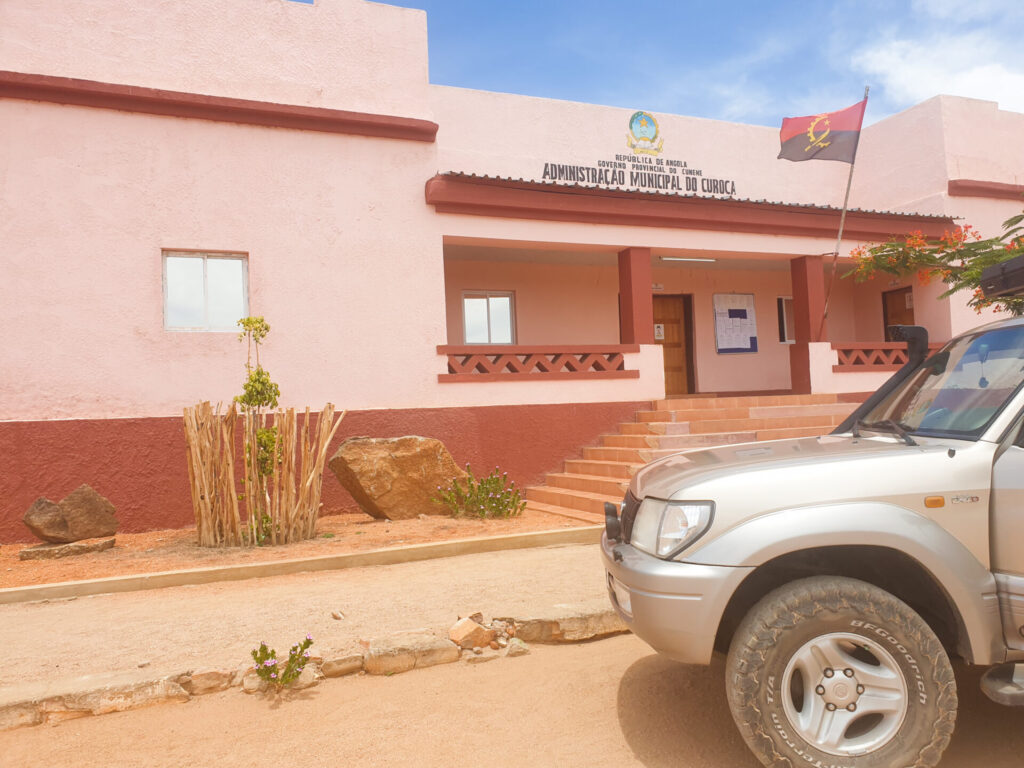
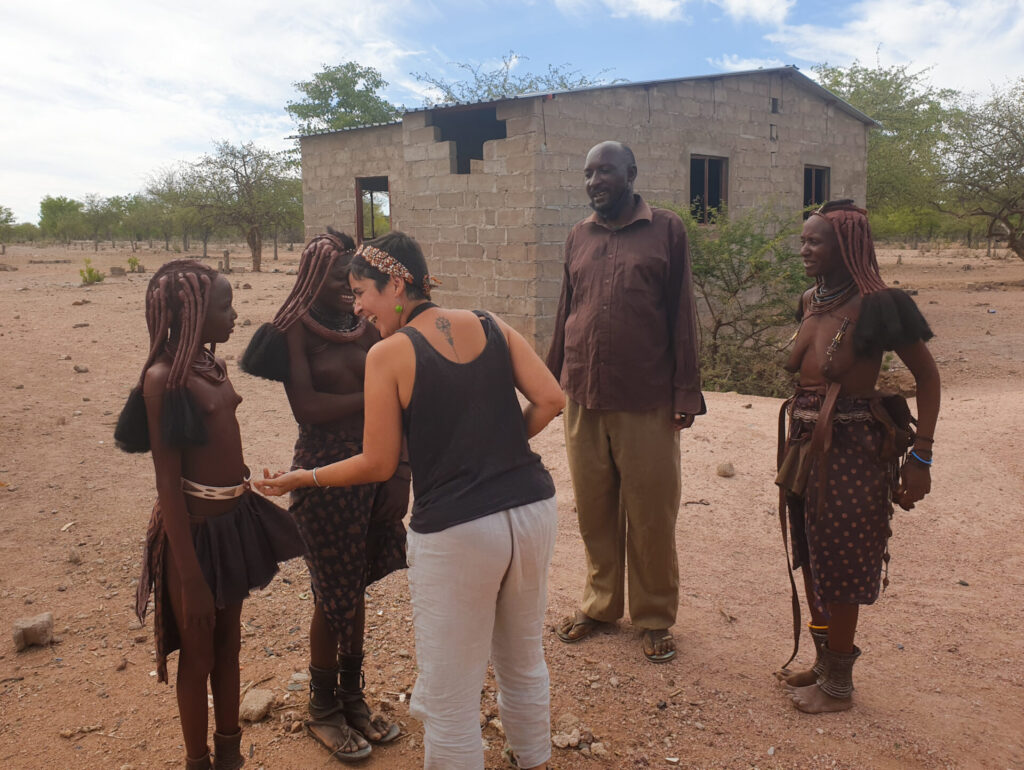
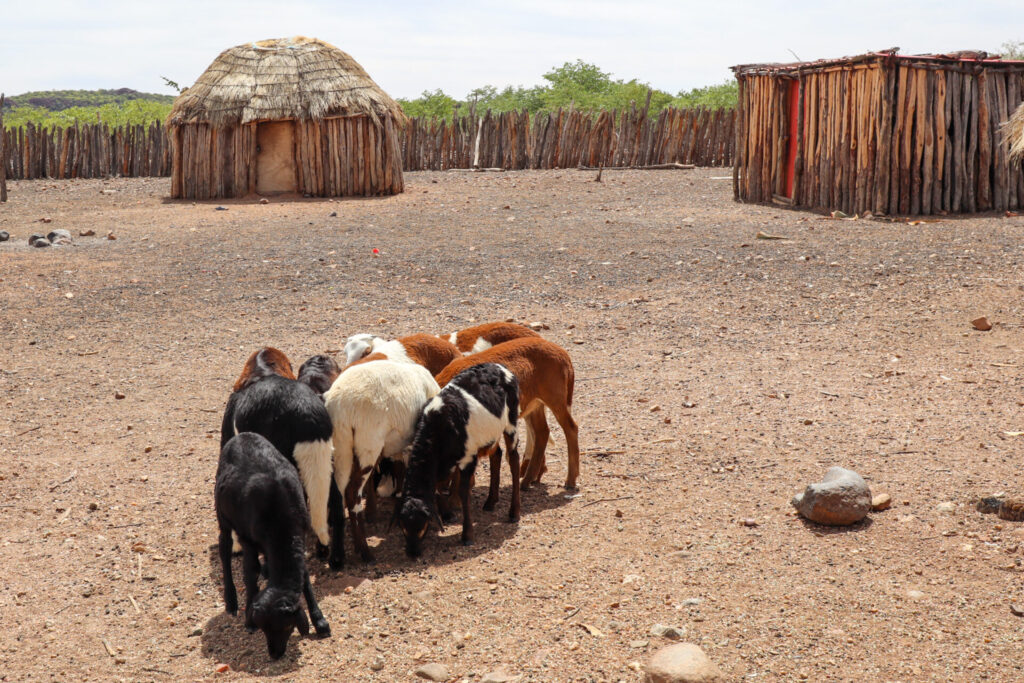
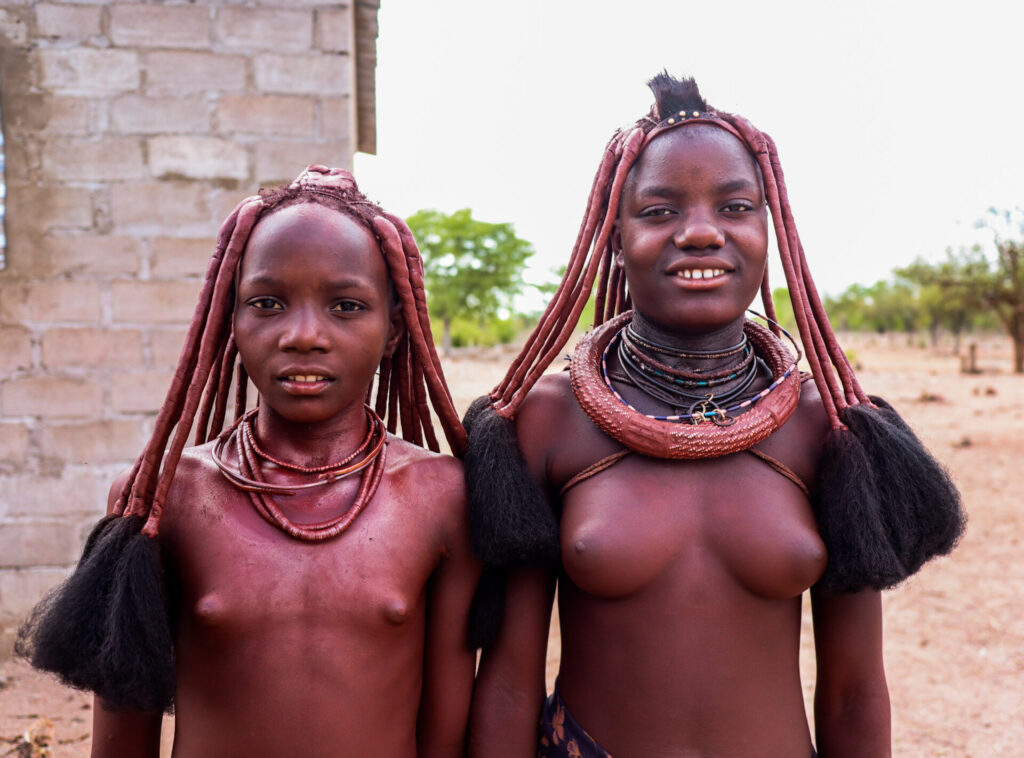

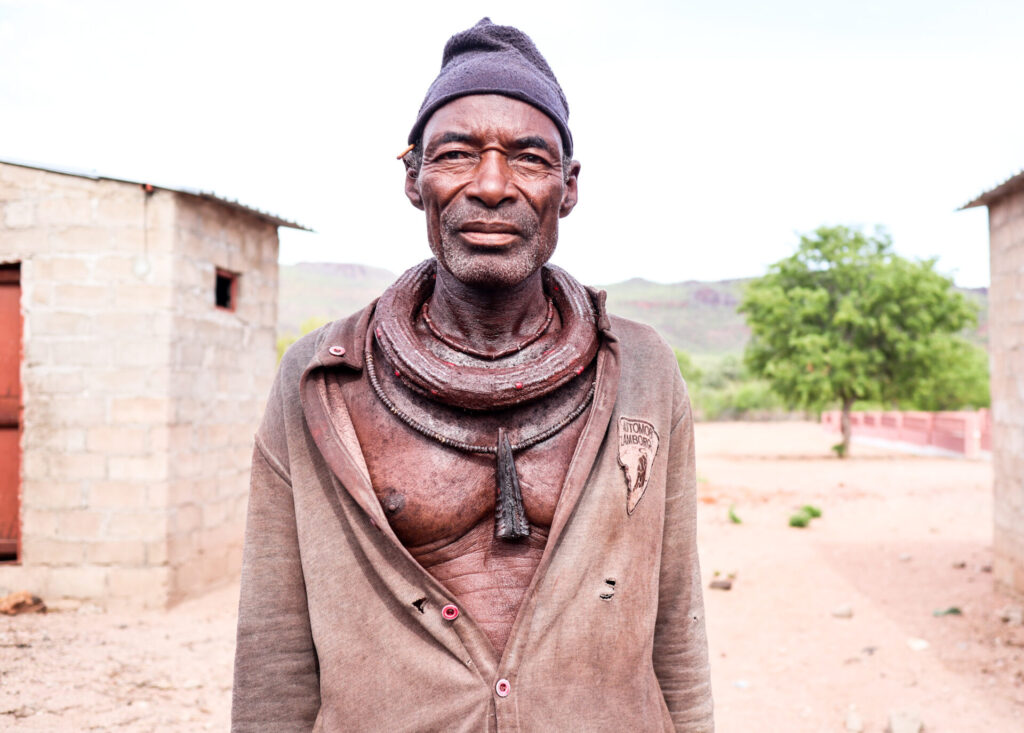

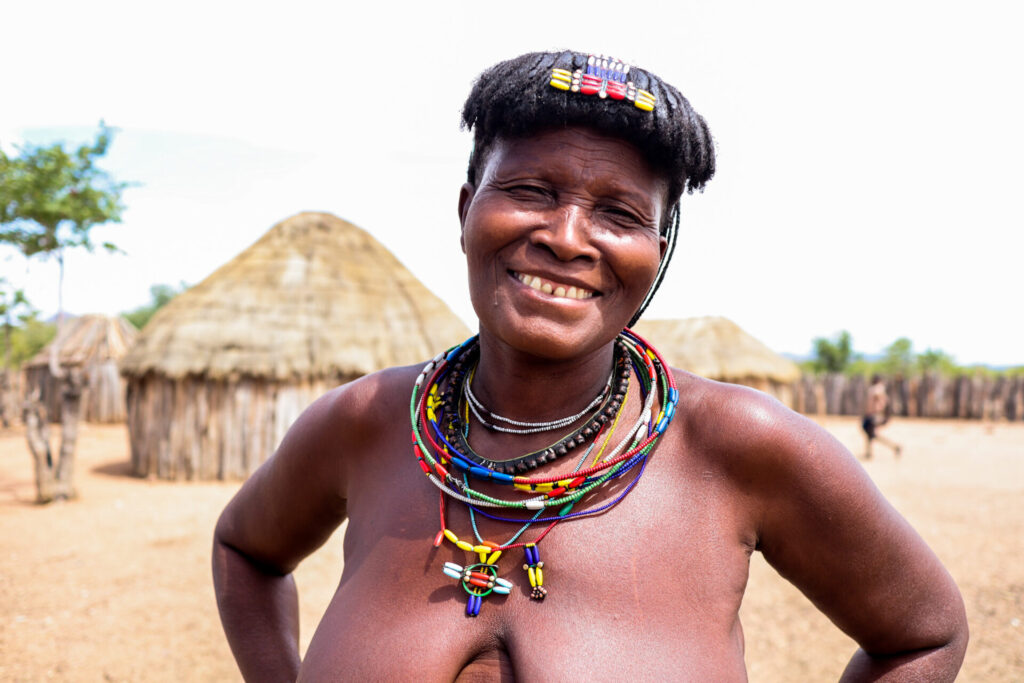
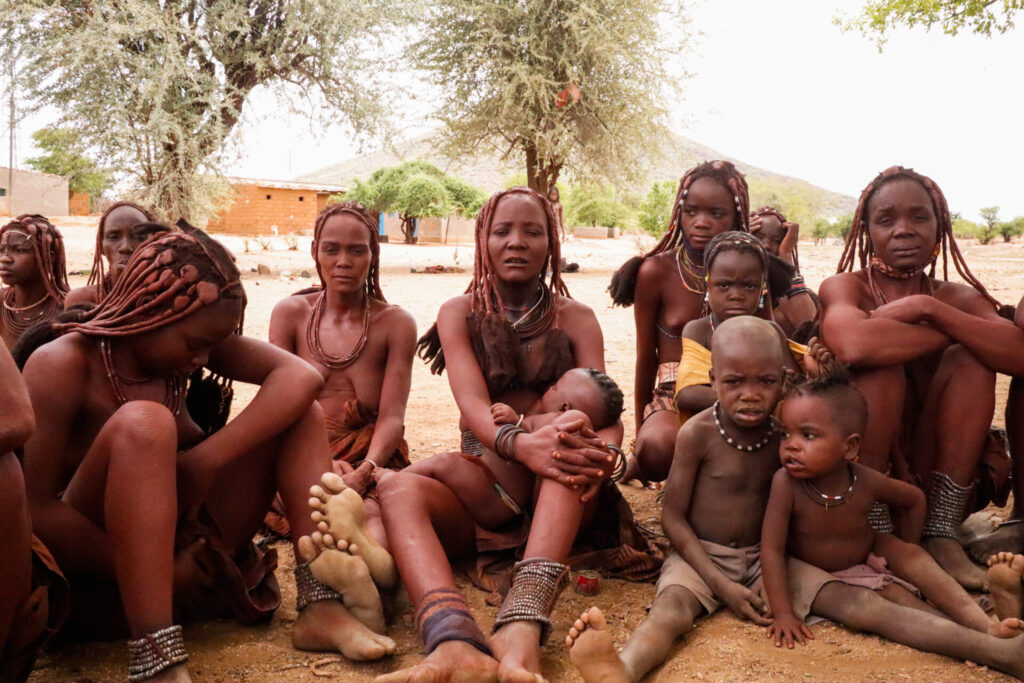

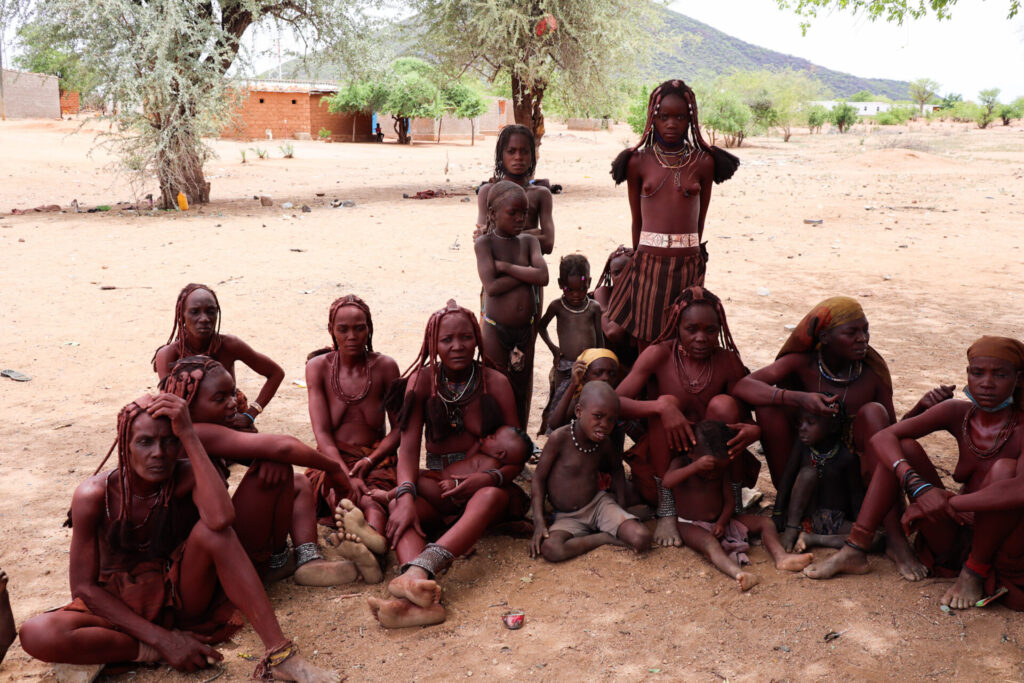

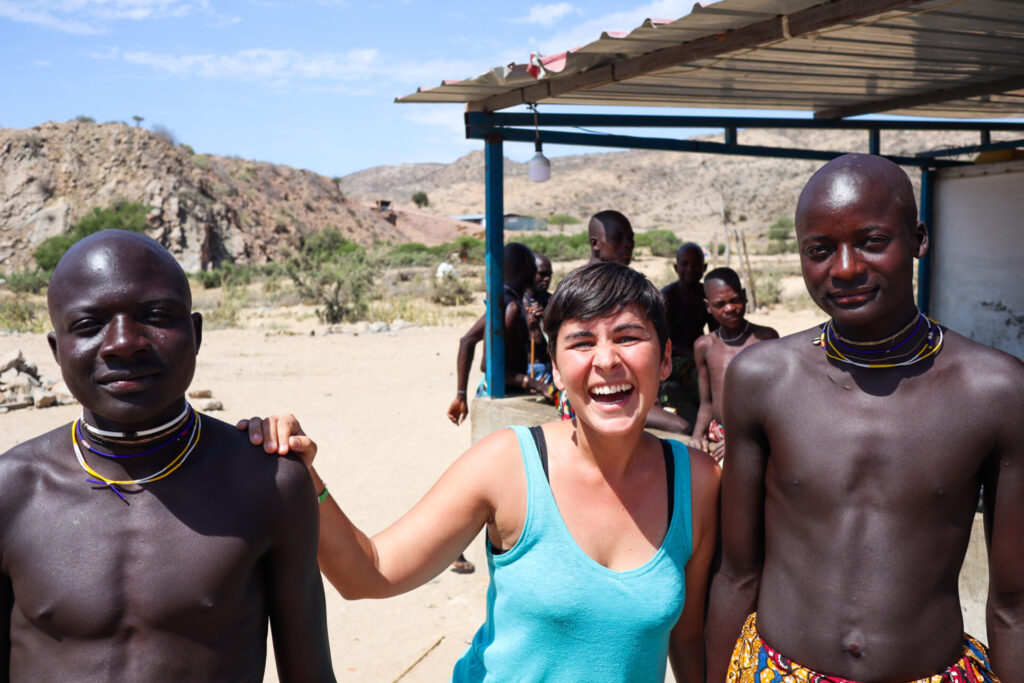
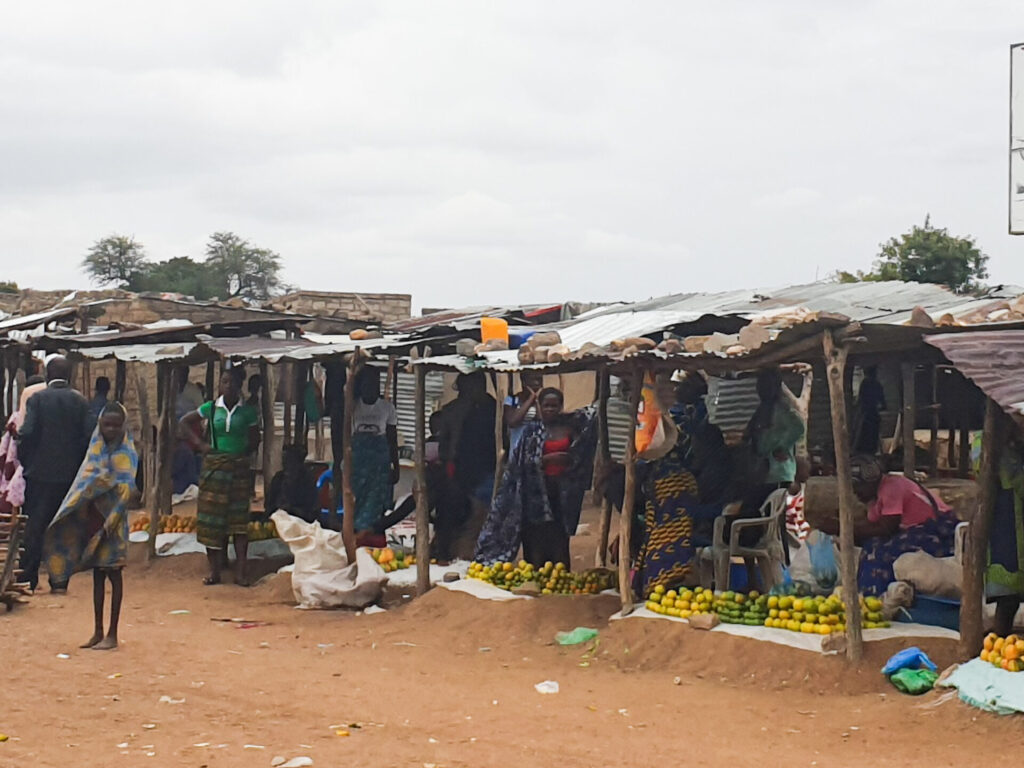

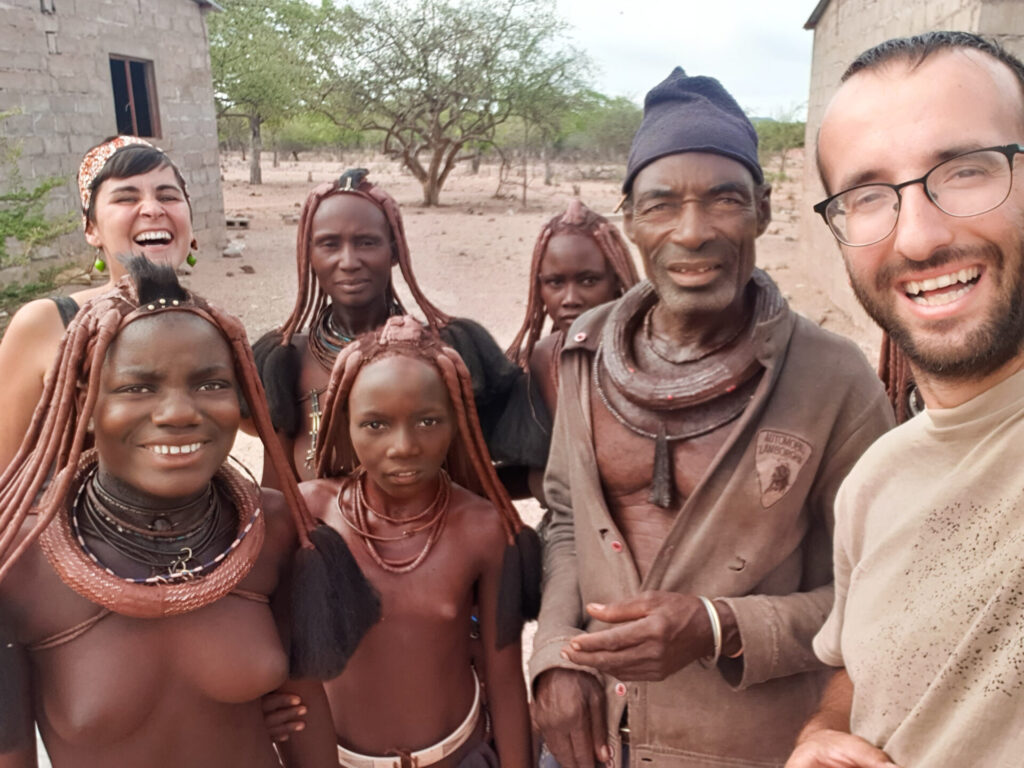
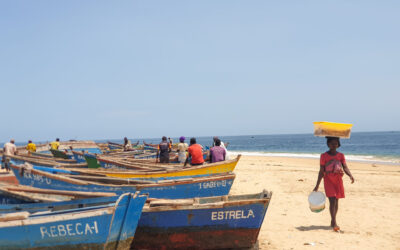

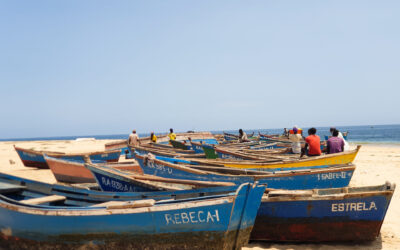


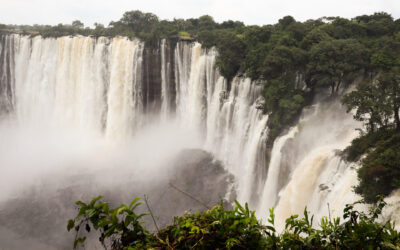

0 Comments